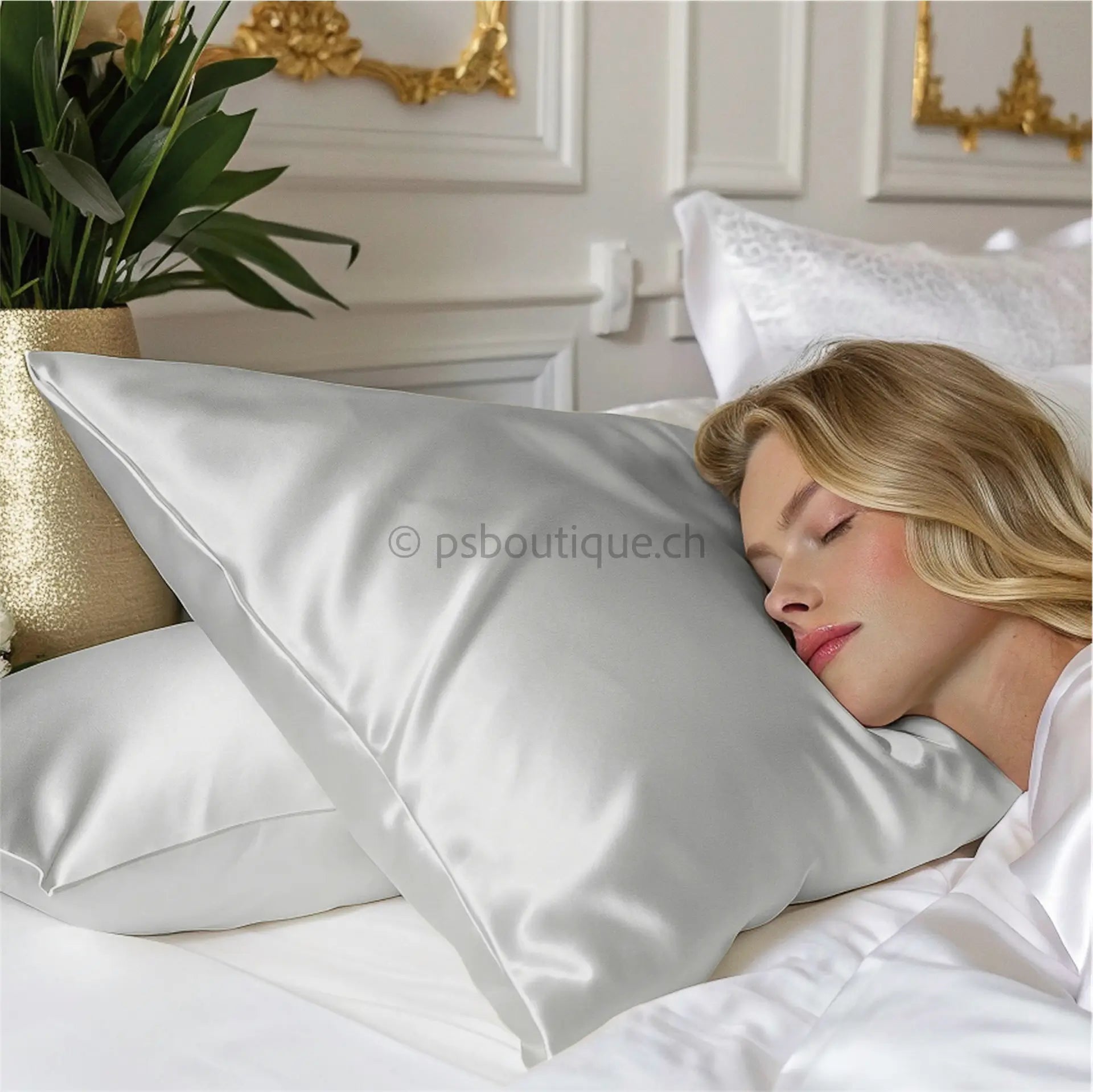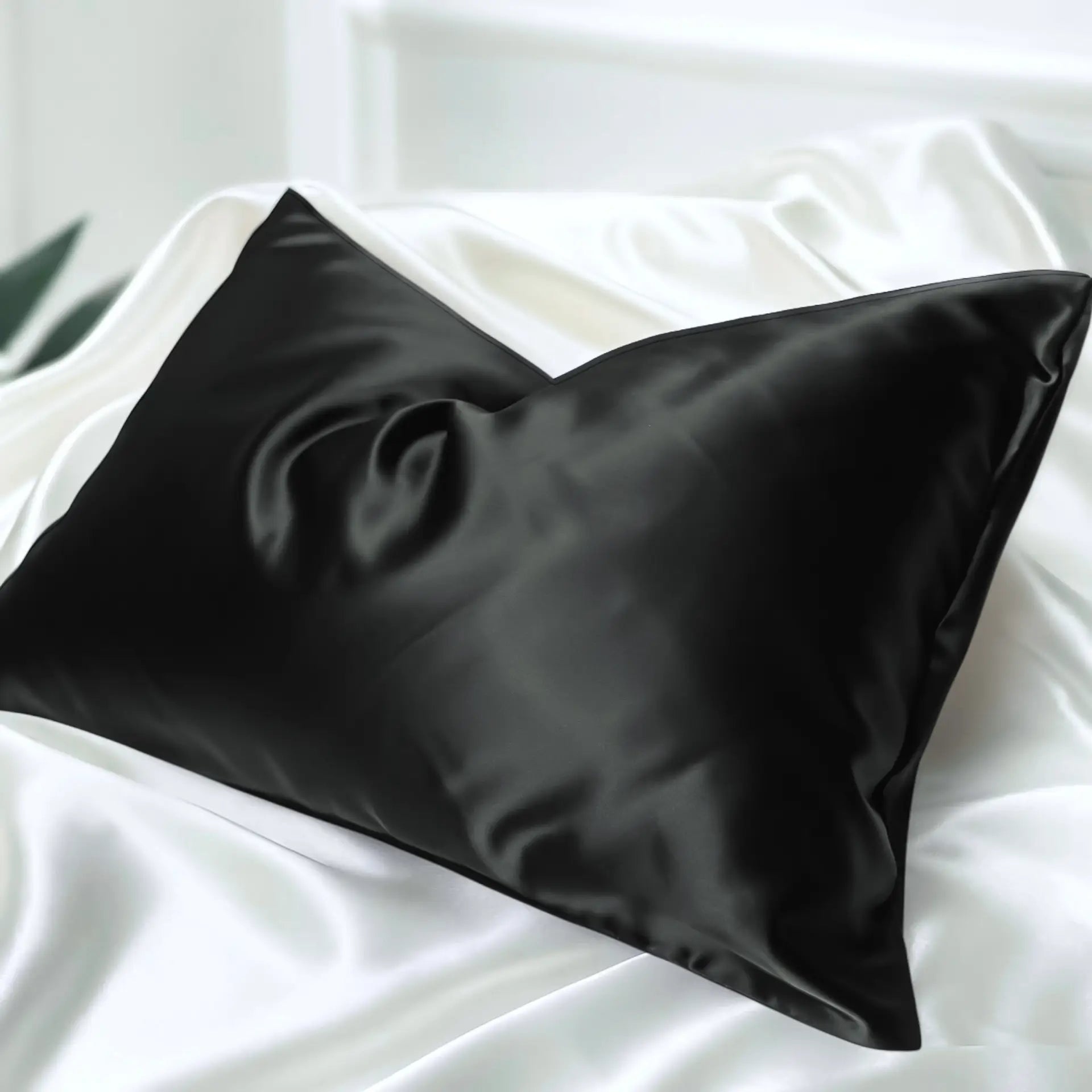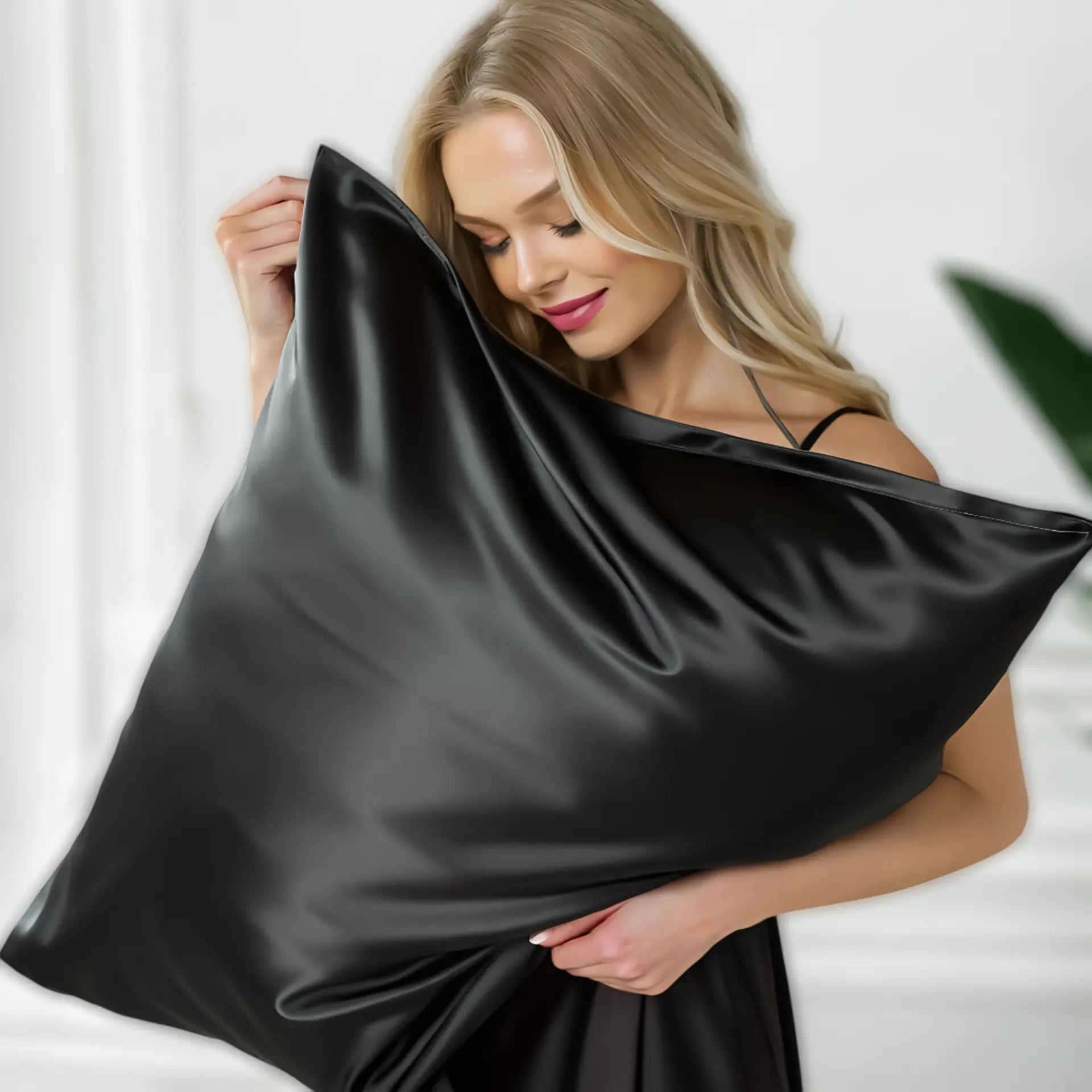Silk and satin are related terms, but they refer to different aspects of fabric. Silk is a natural fiber produced by silkworms, whereas satin is a weave pattern commonly used with silk but can also be employed with other materials. Let's explore the differences between silk and satin:
Silk:
1. Natural Fiber:
Silk is a natural protein fiber produced by silkworms, primarily the Bombyx mori species. The silk threads are extracted from the cocoons spun by the silkworms during their pupal stage.
2. Softness and Luster:
Silk is known for its soft, smooth texture and natural sheen. It has a luxurious feel against the skin and drapes elegantly.
3. Breathability:
Silk has natural breathability, making it comfortable to wear in various climates. It helps regulate body temperature by keeping you cool in warm weather and warm in cooler conditions.
4. Types of Silk:
There are different types of silk, with Mulberry silk being one of the most prized varieties. Mulberry silk, produced by silkworms that feed on mulberry leaves, is particularly renowned for its quality.
Satin:
1. Weave Pattern:
Satin is a weave pattern characterized by a smooth, glossy surface and a dull back. It is known for its high sheen and is achieved through a specific weaving technique. Satin can be made from various fibers, including silk, polyester, nylon, or a blend of these materials.
2. Luster:
The hallmark of satin is its shiny, reflective surface. This luster is a result of the weave pattern, which allows more of the fibers to be on the fabric surface, creating a smooth and glossy appearance.
3. Versatility:
While satin is often associated with silk, it can be made from synthetic fibers like polyester. Satin made from polyester is more affordable than silk satin, making it a popular choice for various products, including clothing, bedding, and accessories.
4. Durability:
Satin made from synthetic fibers tends to be more durable and less prone to wrinkles than silk satin. However, it may lack some of the natural properties of silk, such as breathability.
In summary, silk is a natural fiber produced by silkworms, prized for its softness, luster, and breathability. Satin, on the other hand, is a specific weave pattern known for its smooth, glossy surface, and it can be made from various fibers, including silk. Silk satin is a subtype of satin that specifically uses silk fibers. When choosing between silk and satin, it's important to consider the specific qualities of the material and weave pattern to meet your preferences and needs.









































